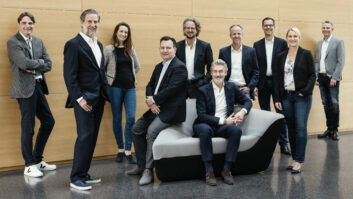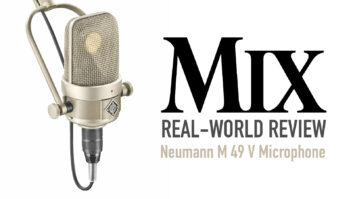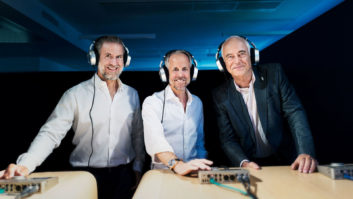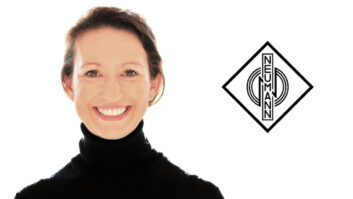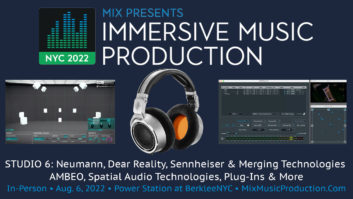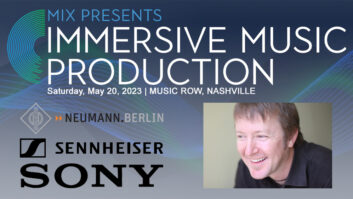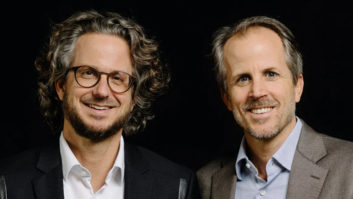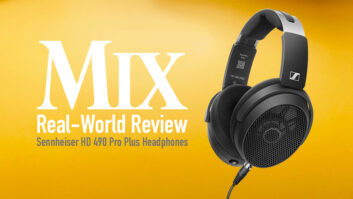Berlin, Germany (December 15, 2014)—The Berliner Philharmoniker’s recent memorial concert to mark the fall of the Berlin Wall was captured for subsequent processing in 3D sound by digital microphones from Sennheiser and Neumann.

The orchestra, conducted by Sir Simon Rattle, performed Karol Szymanowski’s Stabat Mater, followed by Beethoven’s Ninth Symphony at the Berliner Philharmonie. In addition to the microphones already available in the hall, numerous microphones from Sennheiser and Neumann were used to record the concert.
Tonmeister Gregor Zielinsky, Sennheiser’s international recording applications manager, in consultation with the sound engineers at the Philharmonie, focused on a completely digital workflow, converting the microphone signals to digital at the earliest possible point in the signal chain—directly behind the capsules.
The memorial concert was recorded using a special miking technique that enables the recorded material to be subsequently processed in 3D sound. The microphones employed included Sennheiser MKH 800 TWIN on MZD 8000 digital modules; Neumann KM 133 Ds, without SBK 133 sound diffraction spheres to allow for more brilliance; and a variety of spot mics, including Sennheiser MKH 8040 and MKH 8090 models, and Neumann KM 184 D and TLM 103 D mics.
The Sennheiser microphones were used with MZD 8000 digital modules, which were either screwed to the microphone heads in place of the XLR modules or operated at a distance on special signal-carrying extension arms or MZL 8003/8010 active cables. Eight Neumann DMI-8 interfaces (8 x 8 channels) made the digital AES42 audio signals from the microphones available optically and in parallel in the formats AES/EBU and ADAT.
For clocking the digital system, the Philharmonie’s own house clock was used, which was distributed via a Rosendahl nano clock processor. All individual signals were recorded in Pyramix workstations (Merging Technologies), from which WAV files were subsequently exported for the Pro Tools system used by Zielinsky.
Sennheiser
www.sennheiser.com
